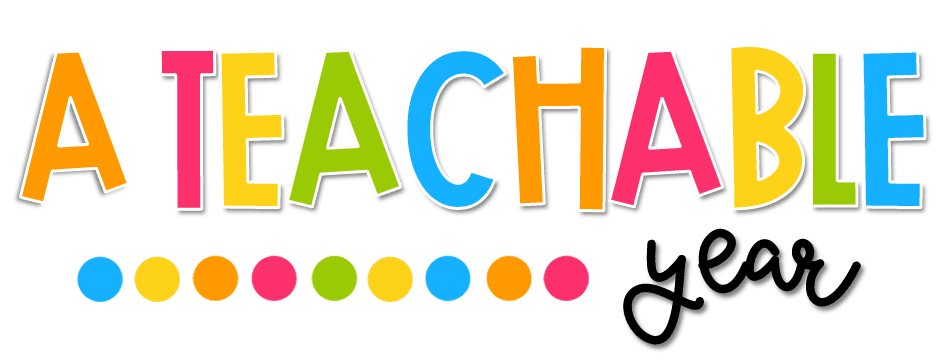Understanding World Environment Day
World Environment Day is a global initiative by the United Nations to raise awareness and promote action for the protection of the environment. Each year, it focuses on a specific environmental concern.
World Environment Day is a global initiative by the United Nations to raise awareness and promote action for the protection of the environment. Each year, it focuses on a specific environmental concern.
Language Skills and Activities
Vocabulary Enrichment:
Introduce environmental-related vocabulary such as sustainability, conservation, ecosystem, pollution, renewable energy, and specific terms related to environmental protection. Use visuals, discussions, or readings to reinforce vocabulary.
Reading and Comprehension:
Select articles, stories, or reports about environmental issues, climate change, or successful conservation efforts. Conduct reading sessions followed by discussions or comprehension tasks.
Select articles, stories, or reports about environmental issues, climate change, or successful conservation efforts. Conduct reading sessions followed by discussions or comprehension tasks.
Writing Tasks:
Encourage students to write essays, reports, or poems about environmental protection. They can also propose solutions to environmental challenges or share personal experiences related to nature. This exercise nurtures language skills and critical thinking.
Environmental Insights
Environmental Challenges:
Discuss pressing environmental challenges such as climate change, pollution, deforestation, or loss of biodiversity. Explore their impact on ecosystems and human life.
Sustainable Practices:
Introduce sustainable practices such as recycling, energy conservation, reducing waste, and protecting wildlife habitats. Discuss their importance in preserving the environment.
Interactive Activities
Nature Walk or Cleanup:
Organize a nature walk or a community cleanup activity. Encourage students to observe nature, collect litter, and discuss the impact of their actions on the environment.
Eco-Friendly Crafts:
Engage students in creating eco-friendly crafts using recycled materials. This hands-on activity fosters creativity and reinforces the concept of recycling.
Reflective Discussions
Environmental Responsibility:
Initiate discussions on individual and collective responsibility towards the environment. Encourage students to share ideas on how they can contribute to a healthier planet.
Global Environmental Impact:
Discuss the interconnectedness of environmental issues globally. Encourage students to explore how actions in one part of the world can affect others.
Teaching about World Environment Day in ESL classes offers a crucial exploration of environmental stewardship, sustainability, and the importance of preserving our planet. By integrating language exercises, environmental insights, interactive activities, and reflective discussions, educators can create an engaging lesson that not only enhances language skills but also fosters a sense of responsibility towards our environment.
As we observe World Environment Day, let us inspire students to appreciate nature's beauty, embrace sustainable practices, and become advocates for a healthier and greener planet.
Discuss the interconnectedness of environmental issues globally. Encourage students to explore how actions in one part of the world can affect others.
Teaching about World Environment Day in ESL classes offers a crucial exploration of environmental stewardship, sustainability, and the importance of preserving our planet. By integrating language exercises, environmental insights, interactive activities, and reflective discussions, educators can create an engaging lesson that not only enhances language skills but also fosters a sense of responsibility towards our environment.
As we observe World Environment Day, let us inspire students to appreciate nature's beauty, embrace sustainable practices, and become advocates for a healthier and greener planet.



No comments
Post a Comment
Thanks for your comment!